The Future of Cardiology: Virtual Group Care for Better Patient Access
We have a problem. Millions of Americans—especially women—are trapped in a healthcare system that cannot see them, hear them, or treat them in time. Nearly half of U.S. counties don’t have a single cardiologist. That means 22 million people live in a cardiology desert, with no access to a specialist for heart disease—the leading cause ... Read More

We have a problem. Millions of Americans—especially women—are trapped in a healthcare system that cannot see them, hear them, or treat them in time.
Nearly half of U.S. counties don’t have a single cardiologist. That means 22 million people live in a cardiology desert, with no access to a specialist for heart disease—the leading cause of death in women. In many places, a patient with worrisome symptoms may have to wait months for an appointment.
This is more than just a physician shortage problem. It’s a broader problem with our care delivery system. The way we structure medical visits—one patient, one provider, one all-too-short appointment at a time—is failing in the face of rising chronic disease rates, an aging population, and an aging physician workforce. We need to rethink not just how many specialists we have but how we allocate them.
The good news is that there is a solution. And it’s not just another short-term fix. Group virtual care offers a scalable, efficient, and proven care model that not only expands access to cardiology expertise but also empowers patients in ways traditional care simply can’t.
The Evolution of the Group Care Model
Shared medical appointments (SMAs) medical visits aren’t new. Pioneered in the 1970s, SMAs are shared, structured, and (importantly) reimbursable medical appointments, in which multiple patients with similar health conditions receive care from a physician and, oftentimes, a behavioralist (e.g. health coach) in a concurrent session. SMAs are longer than the typical 18.9-minute one-on-one appointment, lasting for 60-120 minutes and combining group education and peer support with focused individual care.
But what is new is the ability to deliver this model at scale across typical barriers to care using technology. This is particularly important for underserved populations, like women, over half of whom who frequently delay care because of the geographic, financial, and caregiving barriers, resulting not just in underdiagnosis and undertreatment, but demonstrably worse outcomes for heart disease and its risk factors.
Clinical Benefits: Better Outcomes Through Engagement
Historically, SMAs have been implemented in-person across a number of chronic conditions related to cardiometabolic health. Early data from both in-person and virtual examples have shown impressive impact on clinical outcomes such as:
- Higher rates of blood pressure control, with up to a 42% increase in achieving target levels.
- Improved diabetes management, with reductions in hemoglobin A1c by 0.55%.
- Sustainable weight loss, particularly in women and older adults, averaging 3-5% body weight over time.
- Greater hospitalization-free survival for conditions like heart failure, as SMAs improve adherence to therapy and patient self-management skills.
One of the key factors driving these outcomes is the unique structure of SMAs, which fosters medical education, behavioral change, and access to care. Unlike traditional short appointments that leave little time for lifestyle counseling, medication adjustments, or in-depth discussions, SMAs create a collaborative environment through several key mechanisms that enhance both patient and provider experiences:
- Increased patient confidence and self-efficacy through learning from others’ experiences
- Enhanced motivation and accountability from peer support
- Stronger and more equitable provider-patient relationships
- Greater physician insight into patient needs, allowing for more individualized care
Together, these elements create a model that enhances engagement, trust, and long-term health outcomes.
Operational Gains: Improving Access Through Efficiency
Health systems face mounting challenges in expanding specialty care access. Long wait times delay treatment, worsen outcomes, and drive patient leakage to competitors, creating both a clinical and financial strain. Many have attempted to hire more clinicians—an expensive and unsustainable approach—or shorten appointment times, which compromises quality and patient outcomes. At a time when burnout among providers is near peak levels, neither strategy offers a viable long-term solution.
SMAs address these challenges by allowing providers to see multiple patients simultaneously, increasing efficiency without sacrificing quality. Studies show that shared medical visits:
- Reduce specialist wait times by over 50%, enabling faster access for both new and follow-up patients.
- Improve patient throughput, allowing clinicians to serve more patients while maintaining high-quality care.
- Support clinician retention, as SMAs provide a sustainable way to manage workload, reducing stress and burnout.
By leveraging SMAs, health systems can improve access without overburdening providers, creating a more efficient and sustainable model for specialty care.
Patient Experience: The Power of Community
Perhaps the most overlooked but powerful advantage of SMAs is the sense of community they create. Women navigating heart disease often feel isolated, unheard, and left to manage their health concerns alone. In a traditional system, a patient may get a few rushed minutes with their provider and little ongoing support. In a group setting, that same patient gains not just clinical guidance but a peer support system—an invaluable resource for motivation and accountability.
Patients in SMAs report:
- Higher satisfaction scores, as they feel more engaged in their care.
- Stronger adherence to treatment plans, thanks to peer support and shared accountability.
- Increased health knowledge, as they have the time and space to ask questions, hear from others, and absorb critical health information.
The data is clear: when patients feel supported and informed, they take more ownership of their health, leading to fewer missed diagnoses and better long-term outcomes.
Virtual SMAs: The Future of Specialty Care
While SMAs have long been successful in in-person settings, the rise of telehealth has unlocked their full potential. Virtual SMAs (or virtual group visits) retain all the benefits of traditional group care while removing the barriers of travel, time, and geographical limitations. Patients in rural or underserved areas can now access world-class specialists without ever leaving home.
As physician shortages continue and cardiology deserts expand, the healthcare industry must embrace innovative, scalable solutions. Virtual group care isn’t just about making the system more efficient—it’s about ensuring that every patient, regardless of location or socioeconomic status, has access to the high-quality heart care they deserve.
The time for change is now. The crisis in specialty care access isn’t going away, but we have the tools to address it. By rethinking how we deliver expert care and leveraging models that amplify provider reach, we can build a future where every patient has access to the heart health expertise they need—when they need it most.
About Simin Gharib Lee, MD, MBA, Co-Founder & CEO, Systole Health
Dr. Simin Gharib Lee is a board-certified cardiologist and behavioral scientist trained at the Harvard-affiliated Brigham and Women’s Hospital in Boston, MA. In her experience as a physician, she has cared for many patients with obesity, diabetes, high blood pressure, and other chronic conditions who yearn for comprehensive medical treatment that incorporates the power of social connection. In her free time, she runs marathons and enjoys every free minute with her husband and two sons. She holds a BA, MD, and MBA from Harvard University.

















































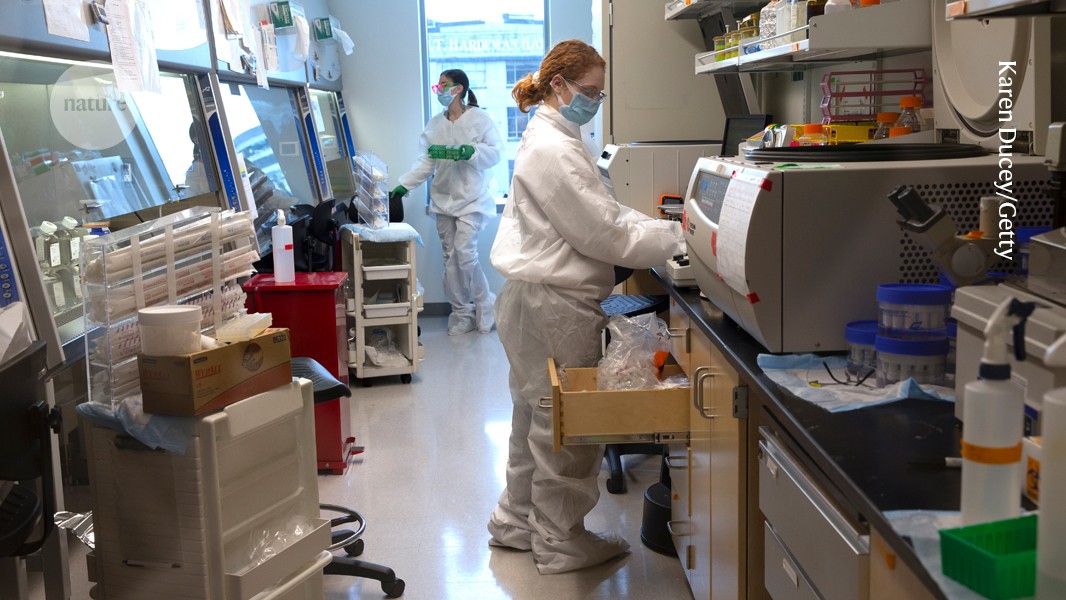



























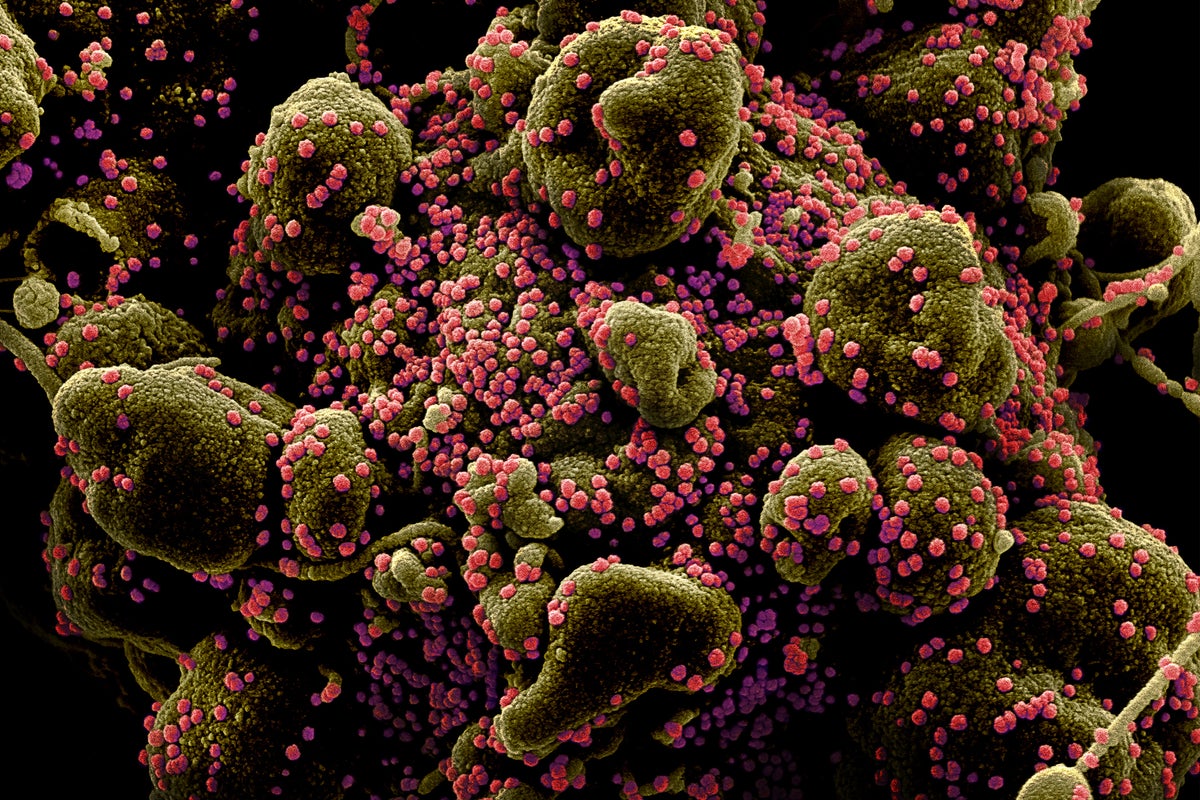















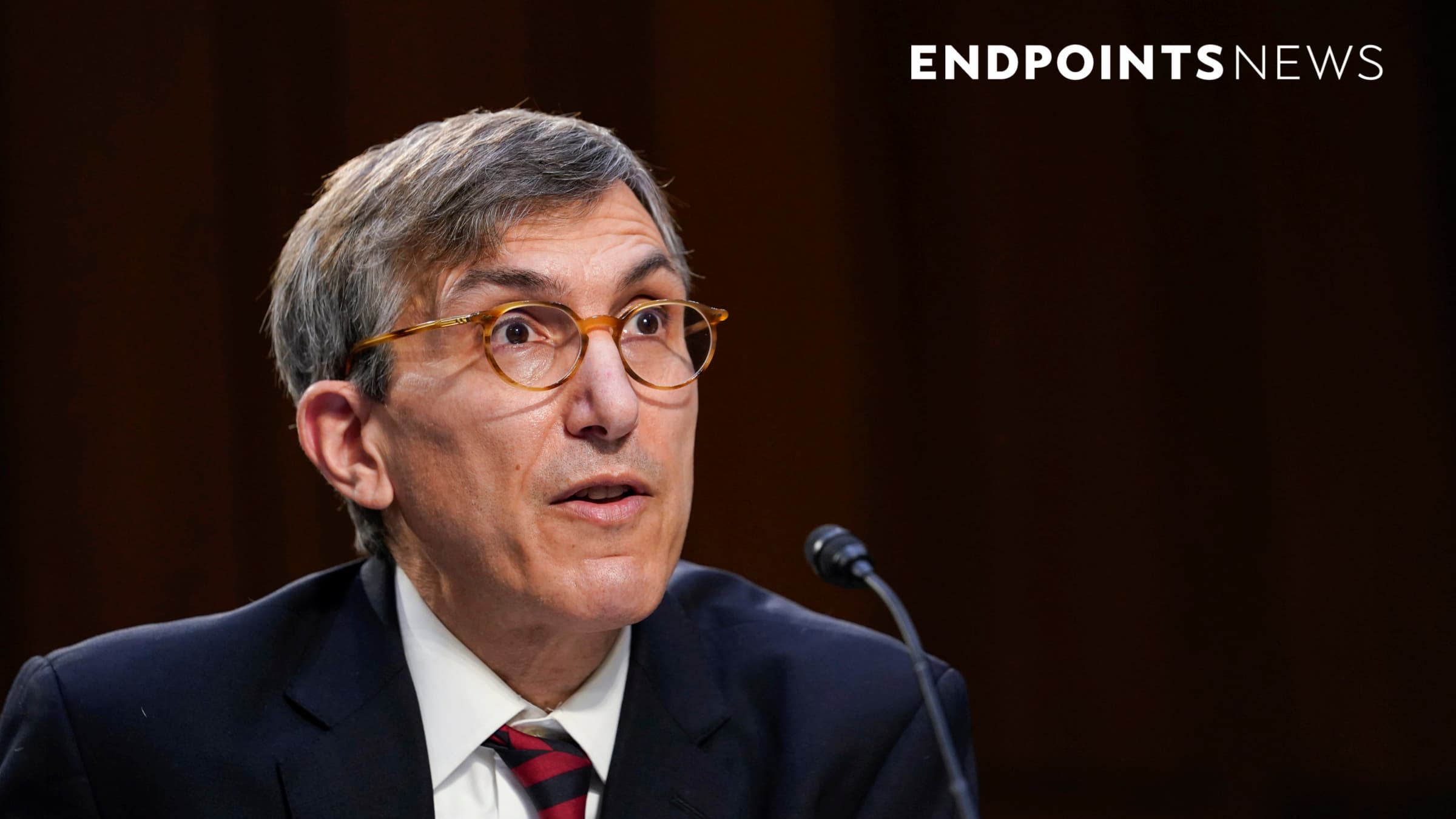
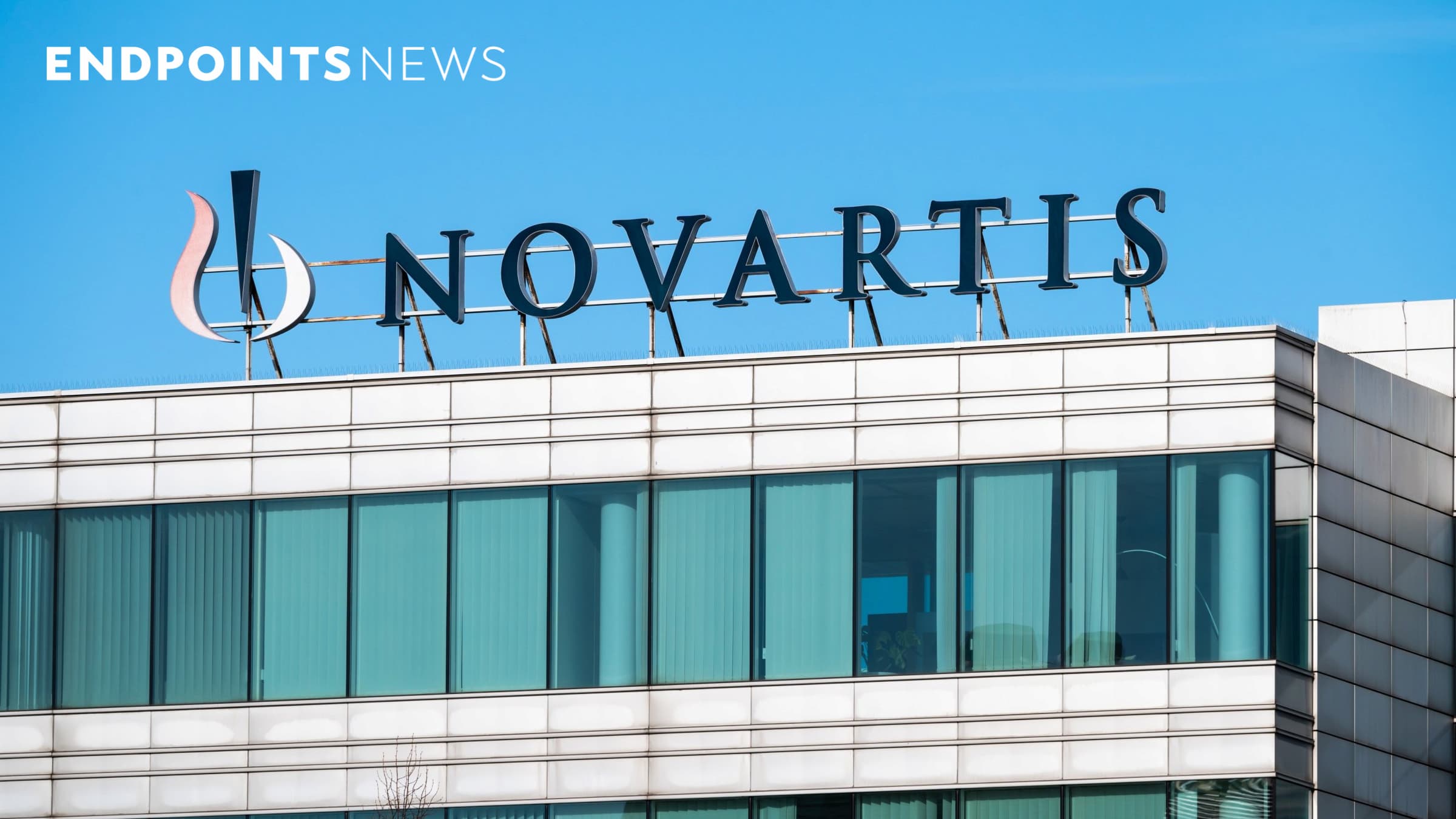
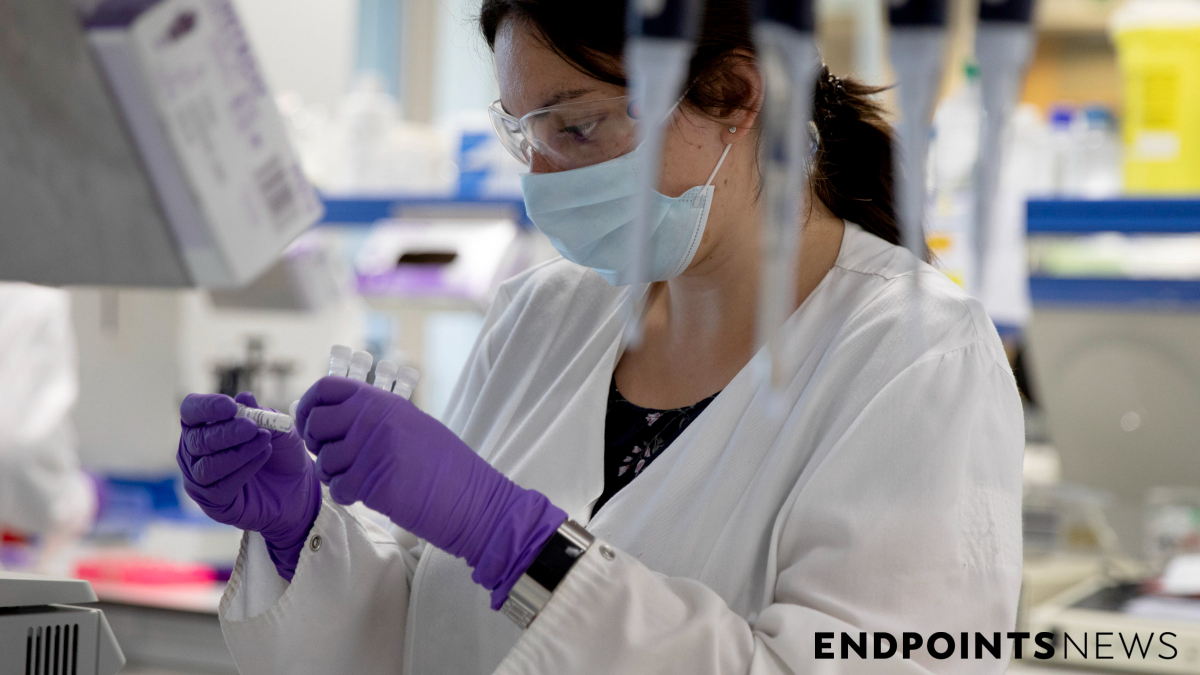
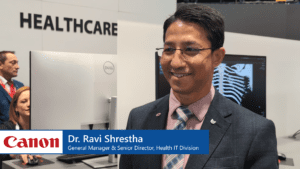



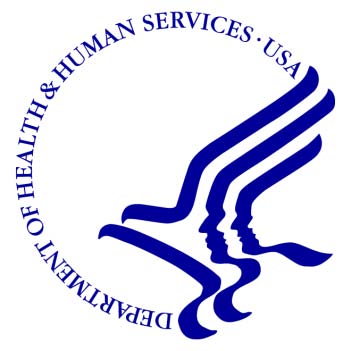





.jpg?#)



































